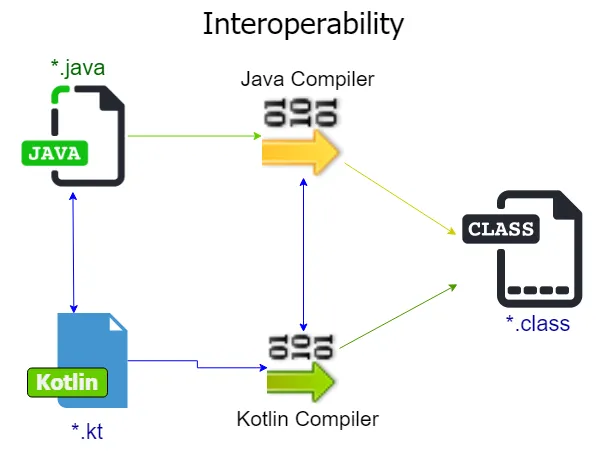
Spring 5.0 Projects
Build seven web development projects with Spring MVC, Angular 6, JHipster, WebFlux, and Spring Boot 2
Nilang Patel
- 442 pages
- English
- ePUB (mobile friendly)
- Available on iOS & Android
Spring 5.0 Projects
Build seven web development projects with Spring MVC, Angular 6, JHipster, WebFlux, and Spring Boot 2
Nilang Patel
About This Book
Discover the latest features of Spring framework by building robust, fast, and reactive web applications
Key Features
- Take advantage of all the features of Spring 5.0 with third party tools to build a robust back end
- Secure Spring based web application using Spring Security framework with LDAP and OAuth protocol
- Develop robust and scalable microservice based applications on Spring Cloud, using Spring Boot
Book Description
Spring makes it easy to create RESTful applications, merge with social services, communicate with modern databases, secure your system, and make your code modular and easy to test. With the arrival of Spring Boot, developers can really focus on the code and deliver great value, with minimal contour.
This book will show you how to build various projects in Spring 5.0, using its features and third party tools. We'll start by creating a web application using Spring MVC, Spring Data, the World Bank API for some statistics on different countries, and MySQL database. Moving ahead, you'll build a RESTful web services application using Spring WebFlux framework. You'll be then taken through creating a Spring Boot-based simple blog management system, which uses Elasticsearch as the data store. Then, you'll use Spring Security with the LDAP libraries for authenticating users and create a central authentication and authorization server using OAuth 2 protocol. Further, you'll understand how to create Spring Boot-based monolithic application using JHipster. Toward the end, we'll create an online book store with microservice architecture using Spring Cloud and Netflix OSS components, and a task management system using Spring and Kotlin.
By the end of the book, you'll be able to create coherent and flexible real-time web applications using Spring Framework.
What you will learn
- Build Spring based application using Bootstrap template and JQuery
- Understand the Spring WebFlux framework and how it uses Reactor library
- Interact with Elasticsearch for indexing, querying, and aggregating data
- Create a simple monolithic application using JHipster
- Use Spring Security and Spring Security LDAP and OAuth libraries for Authentication
- Develop a microservice-based application with Spring Cloud and Netflix
- Work on Spring Framework with Kotlin
Who this book is for
This book is for competent Spring developers who wish to understand how to develop complex yet flexible applications with Spring. You must have a good knowledge of Java programming and be familiar with the basics of Spring.
Frequently asked questions
Information
Task Management System Using Spring and Kotlin
- Introduction to Kotlin
- Basic features of Kotlin as a programming language
- Kotlin versus Java
- Spring support for Kotlin
- Developing a Task Management application in Spring with Kotlin
Technical requirements
Introducing Kotlin
Interoperability
